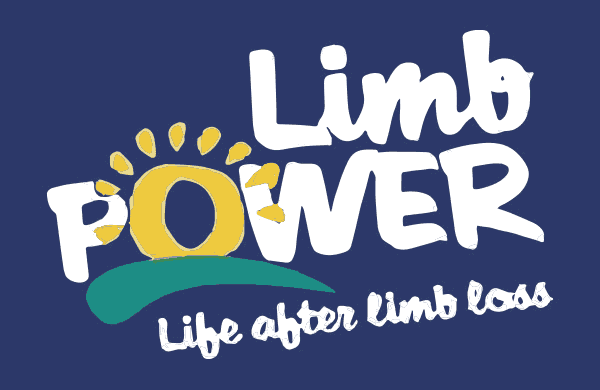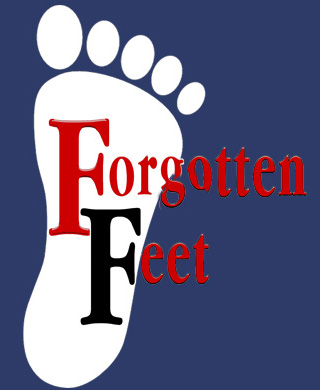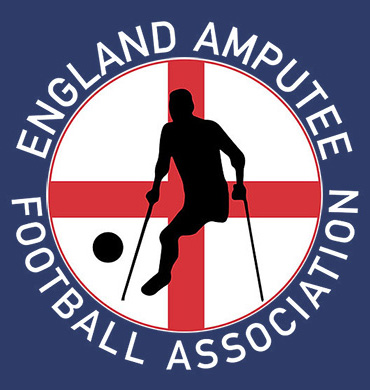A mysterious heel pain follows my own journey
A ‘mysterious’ heel bump (Part 2) Thanks for reading my latest article on ‘Haglund’s deformity’ Let me try to demystify one type of heel pain known simply as the pump bump. Patients often ask how does a heel bump it arise and what we can do about my heel bump? Vaishya (2016) calls it a ‘common but mysterious condition’ in his paper . The reader needs to be aware that heel bump is a simplification and has some complex names. There are plenty of reasons for heel pain and this is one. The retro calcaneal exostosis or Haglund’s deformity sound mysterious. Haglund as a name for a heel condition was so called after the man who described the problem in 1927. I have this heel condition myself. My problem has been with me for thirty years. It was not until I was in my late forties that I experienced problems. My main concern was whilst driving, then latterly when wearing some designs of shoes. This has made me more aware of the design of my shoe. Pressure from the floor of the car stung my foot like crazy because my heel rubbed the skin while the foot was against the floor of the car. There were times when some shoes could rub the skin forming a blister. What is it? When studying to become a podiatrist, we called these heel bumps an exostosis or simply Haglund’s. The condition is not a disease but a deformity of the back of the heel bone (calcaneus). The term syndrome suggests that there is more than one condition. Those who read my articles regularly know that I try to keep descriptions as simple as possible. Here is Vaishya’s complicated reasoning about the condition but I will explain what all the jargon is after his paragraph. Haglund’s deformity is an abnormality of the posterosuperior part of the calcaneus, where there is a bony enlargement at the attachment of the Achilles tendon. The adjoining soft tissues can get irritated when this bony lump rubs against rigid shoes. It often leads to retrocalcaneal bursitis, calcaneal tendon bursitis, and thickening and inflammation of the calcaneal tendon. This combination of pathology is known as Haglund’s syndrome. Inflammation of the different parts of soft tissue in the area can lead to an isolated condition; however, the treatment options are different in these conditions, and so they should be differentiated. We now know the heel has a protrusion but let’s keep it simple. ‘Posterosuperior‘ is an anatomical position. The back of the heel! What about the tendon. Most people only have the minor form of bump. However, in a few people the bump becomes larger. If the extent of the bone extend across the heel, where the big tendon of the calf is anchored, then part of the tendon can also be involved. It can do so in three ways. The tendon can be damaged, or the skin can form a spongy fluid filled sac called a bursa. Where the deep tendon sac becomes inflamed the condition can deteriorate. The skin surface can [...]



